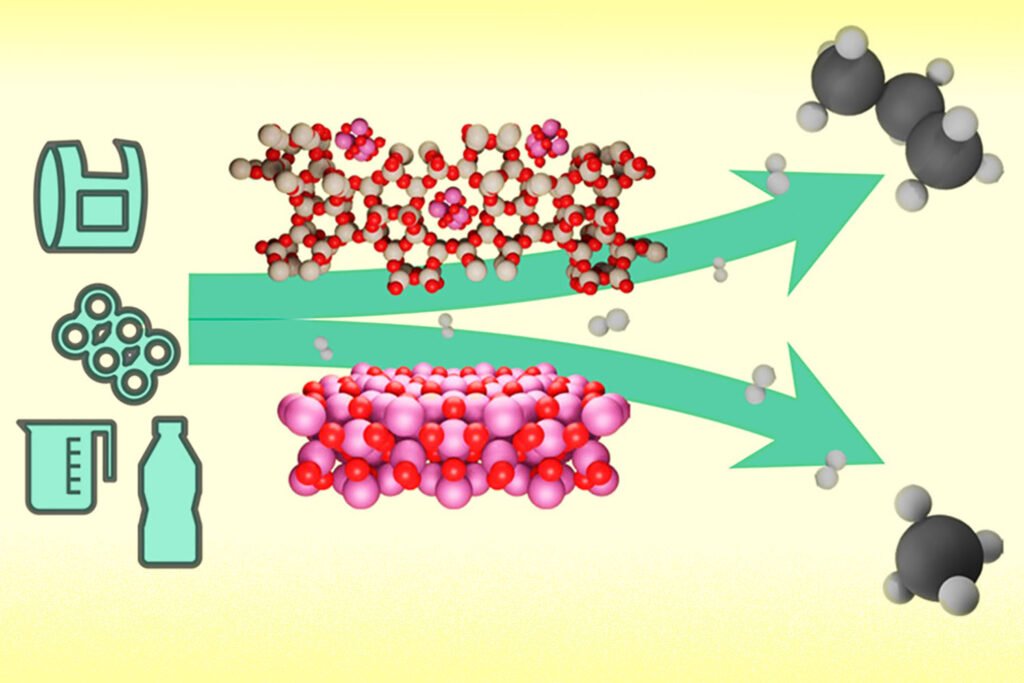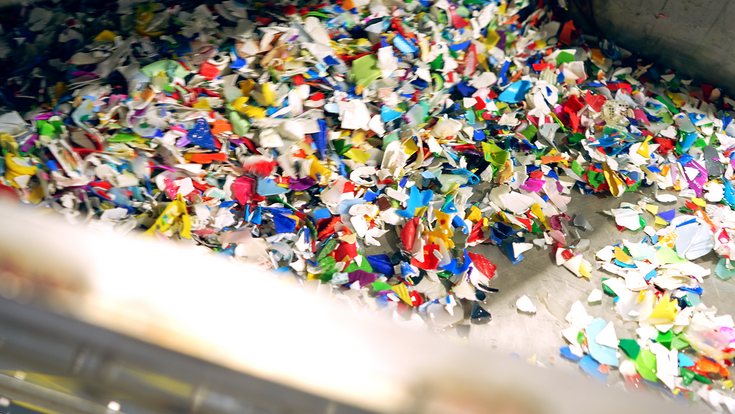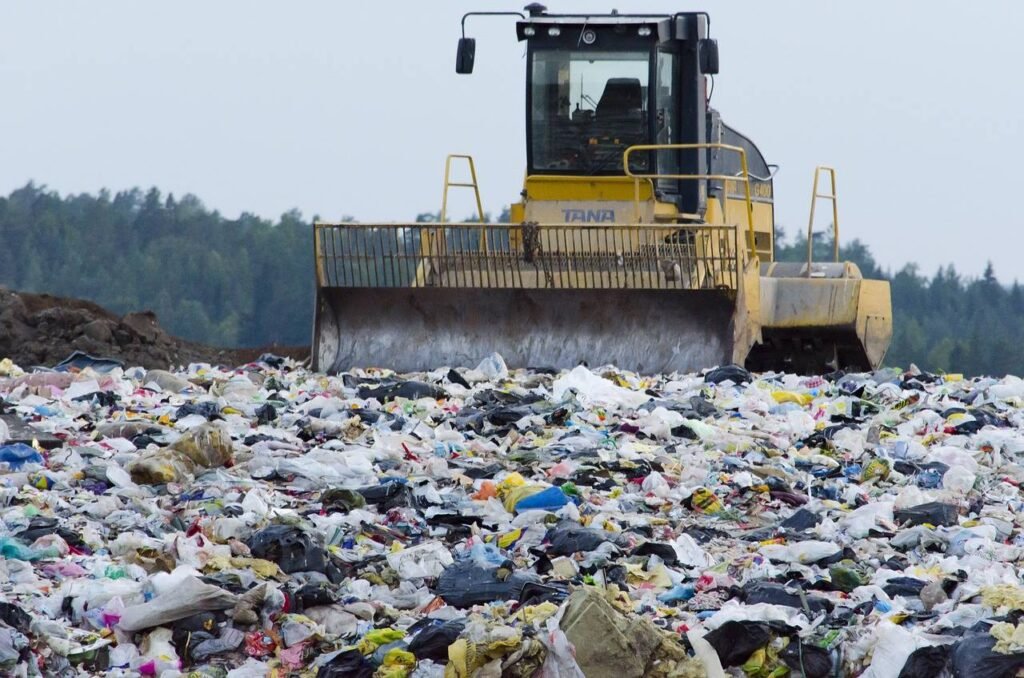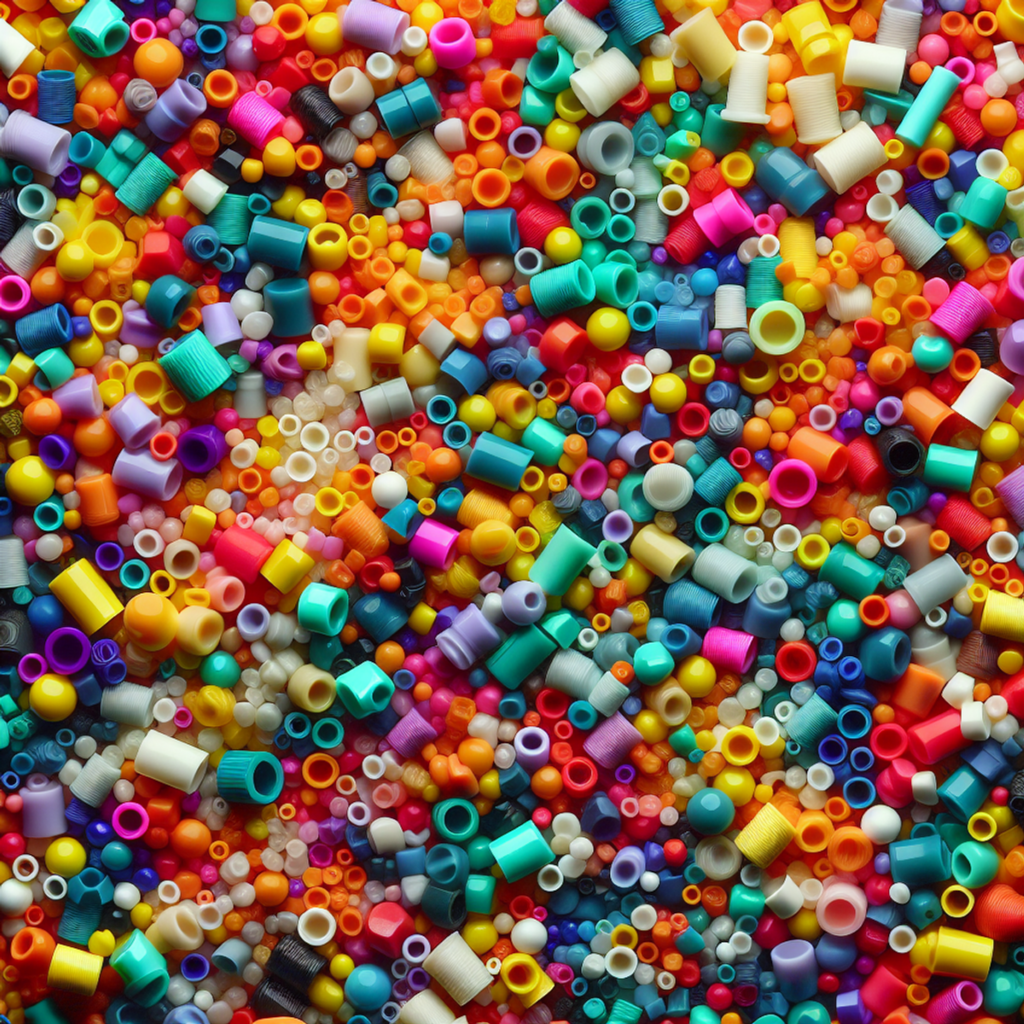Plastic recycling has become a pivotal aspect of our daily lives, especially for young adults aged 20-30 who are increasingly conscious of environmental sustainability. Understanding the intricate process of plastic recycling is not only fascinating but also essential for fostering a greener future. In this article, we will explore the various stages of plastic recycling, highlighting the importance of each step and the impact it has on our environment.
How long will it take for plastic to be phased out?
Understanding Plastic Recycling
Collection and Sorting
First and foremost, the journey of plastic recycling begins with the collection and sorting of plastic waste. Communities, businesses, and individuals play a crucial role in this initial step. They gather discarded plastic items and deposit them in recycling bins. Subsequently, these collected plastics are transported to recycling facilities where the sorting process commences.
During sorting, plastics are categorized based on their resin type. This is crucial because different types of plastics require distinct recycling methods. Advanced technologies, such as infrared sensors and air classifiers, are often employed to ensure accurate sorting. Consequently, this step sets the foundation for effective recycling.

Cleaning and Shredding
Once sorted, the plastics undergo a thorough cleaning process. Contaminants like food residues, labels, and adhesives are removed to prevent any impurities from affecting the final recycled product. This step is essential for maintaining the quality and usability of recycled plastics.
Following cleaning, the plastics are shredded into smaller pieces. Shredding increases the surface area of the plastic, making it easier to process in subsequent stages. Moreover, it ensures a more uniform and consistent end product. As a result, the shredded plastic is ready for the next phase.

Melting and Reshaping
Next, the shredded plastic pieces are melted down in large industrial machines. The melting process varies depending on the type of plastic being recycled. For instance, polyethylene terephthalate (PET) requires different temperatures and techniques compared to high-density polyethylene (HDPE).
During melting, the plastic is transformed into a viscous liquid form. This molten plastic is then molded into new shapes through various methods such as extrusion, injection molding, or blow molding. Consequently, this step breathes new life into discarded plastics, allowing them to be repurposed into a wide array of products, from water bottles to automotive parts.

Quality Control and Distribution
After reshaping, the recycled plastic products undergo rigorous quality control checks. These inspections ensure that the recycled items meet industry standards and are free from defects. By maintaining high-quality standards, recycling facilities can produce reliable and durable products.
Once the quality control process is complete, the recycled plastics are distributed to manufacturers and consumers. These recycled products find their way into numerous industries, contributing to a circular economy. Consequently, the demand for virgin plastic decreases, reducing the strain on our planet’s resources.
The Importance of Plastic Recycling
Plastic recycling is not merely a process but a critical solution to combat the growing issue of plastic pollution. It reduces the amount of plastic waste that ends up in landfills and oceans, thereby minimizing environmental harm. Moreover, recycling conserves natural resources and reduces greenhouse gas emissions associated with plastic production.
Furthermore, engaging in plastic recycling fosters a sense of responsibility and environmental stewardship among young adults. By actively participating in recycling efforts, individuals can make a tangible difference in preserving the planet for future generations.

How You Can Contribute
Participating in plastic recycling is both simple and impactful. Here are a few ways you can contribute:
- Recycle Properly: Ensure you are familiar with your local recycling guidelines and follow them diligently. Properly sort and clean your plastics before recycling.
- Reduce Plastic Use: Opt for reusable products instead of single-use plastics. Carry a reusable water bottle, shopping bag, and utensils.
- Educate Others: Spread awareness about the importance of plastic recycling among your peers and community. Encourage them to adopt sustainable practices.
- Support Eco-Friendly Brands: Choose products from companies that prioritize sustainability and use recycled materials in their production.
In conclusion, plastic recycling is a vital process that plays a significant role in promoting environmental sustainability. By understanding and actively participating in this process, young adults can contribute to a healthier and greener planet. Let’s embrace the art of plastic recycling and pave the way for a sustainable future.






